Our Story
The Museum began by collecting natural history and archaeology.
Literature, fine art, textiles, costume, local history, and photography collections grew over time. The Thomas Hardy collection was a major bequest in 1937.
Today the Museum looks after an incredible four million objects.
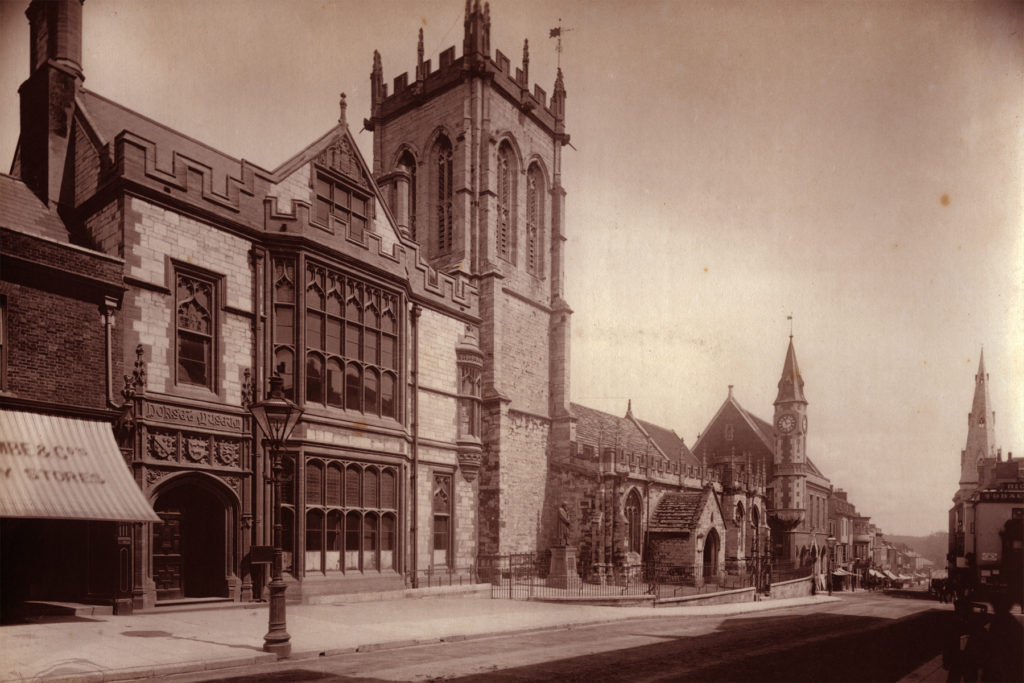
Important Announcement
The lift in the Museum is currently out of action.
We hope to resolve this very soon and apologies for the inconvenience.
-
-
Opening hours:
Dorset Museum & Art Gallery
Daily: 10.00am - 5.00pm
TASTE Café
Daily: 9.00am - 4.00pm
Sunday: 10:00am - 4:00pm
-
Admissions:
10% discount for Adult and Young Person Unlimited Ticket booked online using discount code DM01
BOOK ONLINE SAVE 10% -
-
-
For more information
[email protected]
Timeline
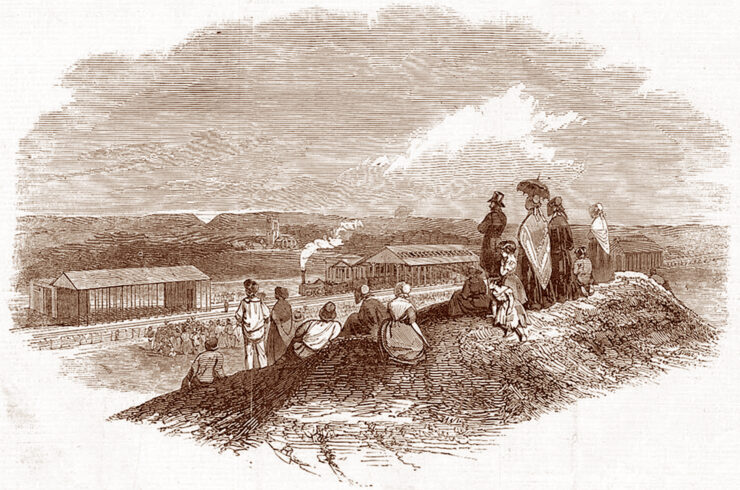
1840s
New railways threaten Dorchester’s Roman sites at Poundbury and Maumbury Rings.
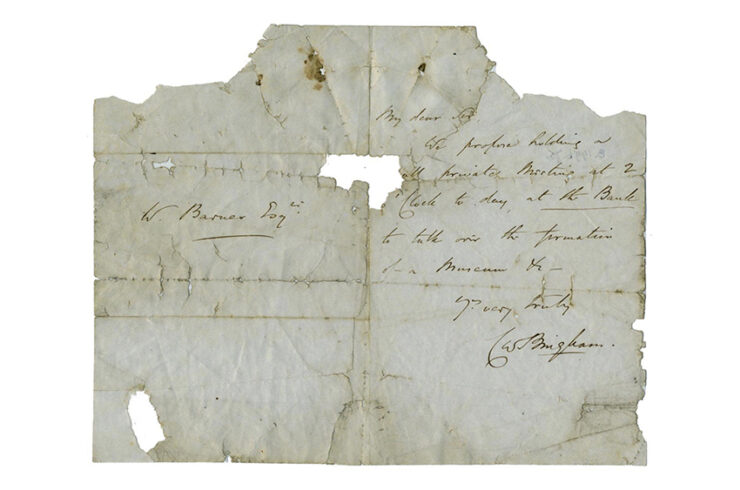
1845
William Barnes, Charles W Bingham and Henry Moule form an organisation to protect these sites and the area’s natural history.
One of the surviving letters to William Barnes. It reads: “W. Barnes Esq., My Dear Sir. We Propose holding a (sic)..all private meeting at 2 o’clock today, at the bank to talk over the formation of a museum.. Yours very truly C. W. Bingham”
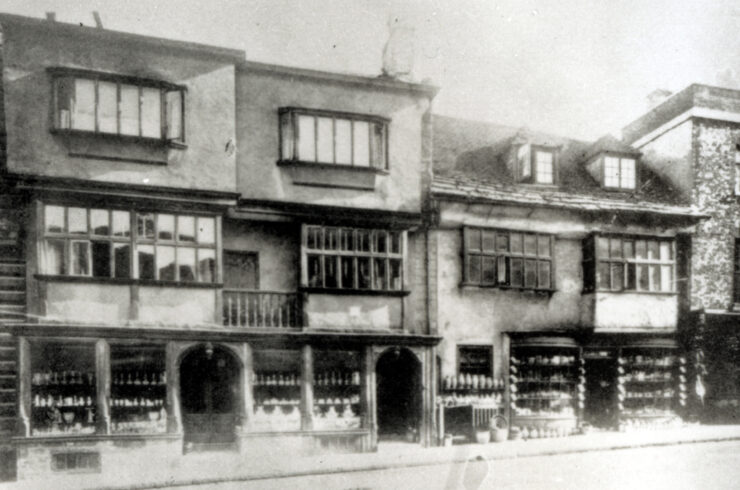
1846
The Museum opens in Judge Jeffries’ Lodgings, High West Street.
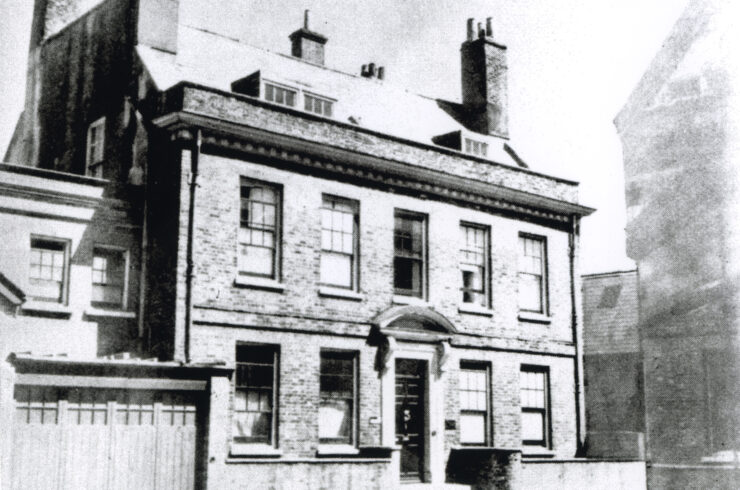
1850s to 1880s
The Museum moves to Trinity Street, then to the site of the Old George Inn.
Disruption and a lack of space mean it can only open on Thursdays and Saturdays.
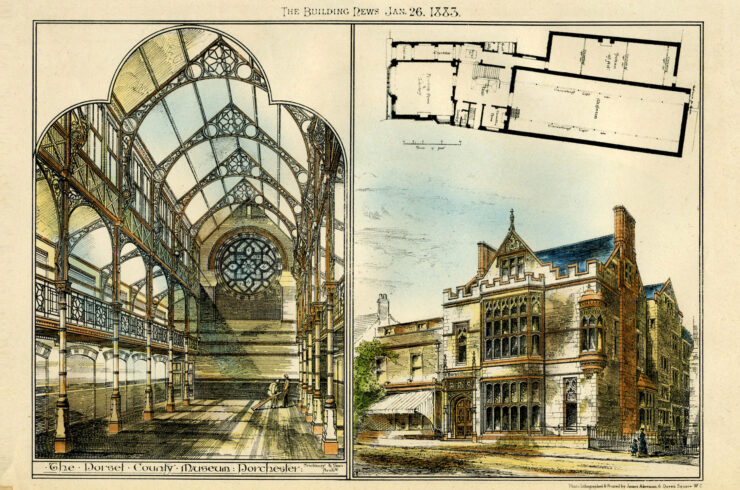
1883
A striking Gothic-style building designed by GR Crickmay becomes the Museum’s permanent new home.
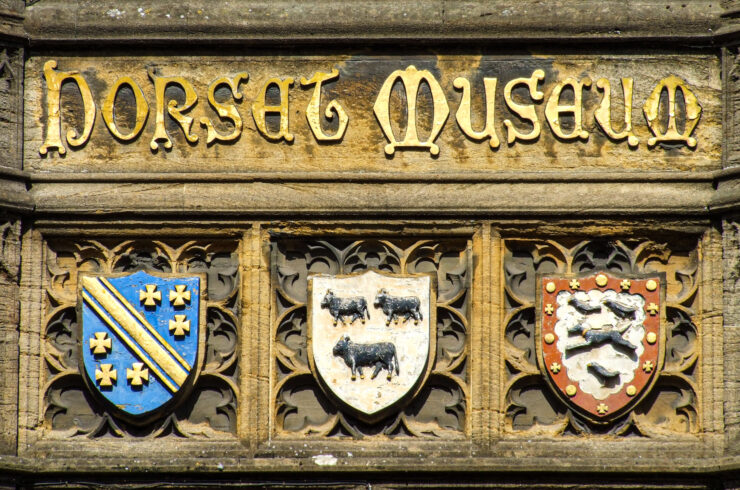
1887
The Museum’s name and arms were installed above the entrance. The first shield belongs to Rev. C.W. Bingham who was secretary of the Dorset Museum between 1846 and 1882.
The second shield belongs to Lord Ashley who was Earl of Shaftesbury and President of the Dorset Museum between 1846 and 1885.
The third shield belongs to Robert Williams from Tyneham who was treasurer of the Dorset Museum from 1879 to 1928. He donated the site of the George Inn which is where the museum stands today.
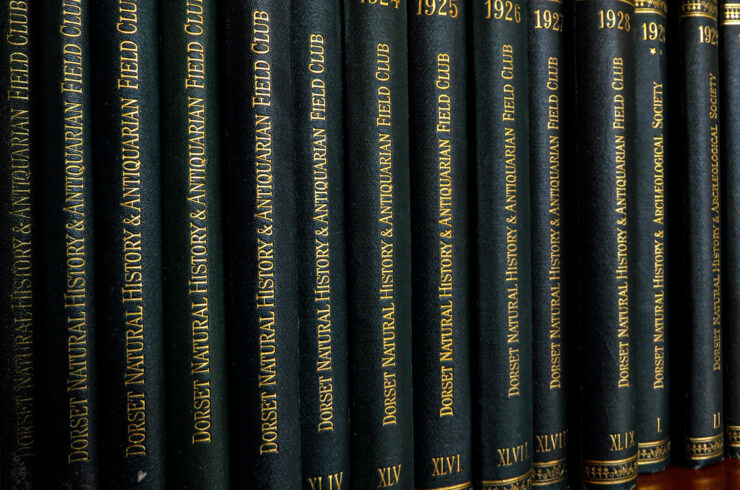
1928
The Dorset Natural History and Antiquarian Field Club take on the Museum’s upkeep and care of the collections.
The renamed Dorset Natural History and Archaeological Society still manages and cares for the Museum today.
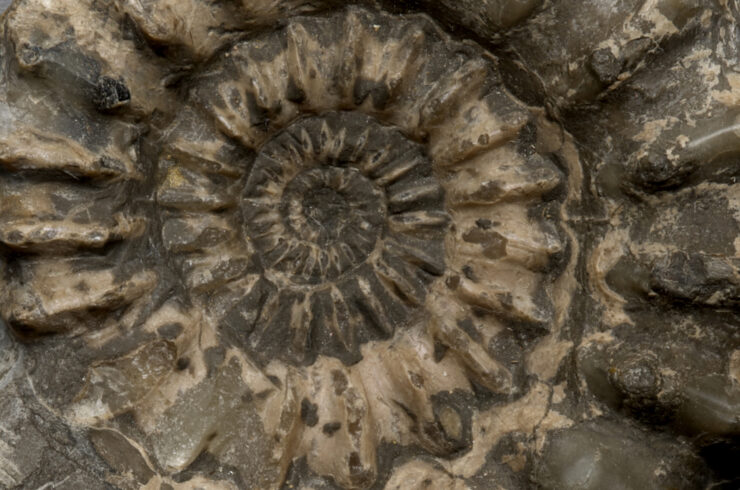
1937
The Museum receives its first grant from the Dorset County Education Committee and a new Geology gallery opens.
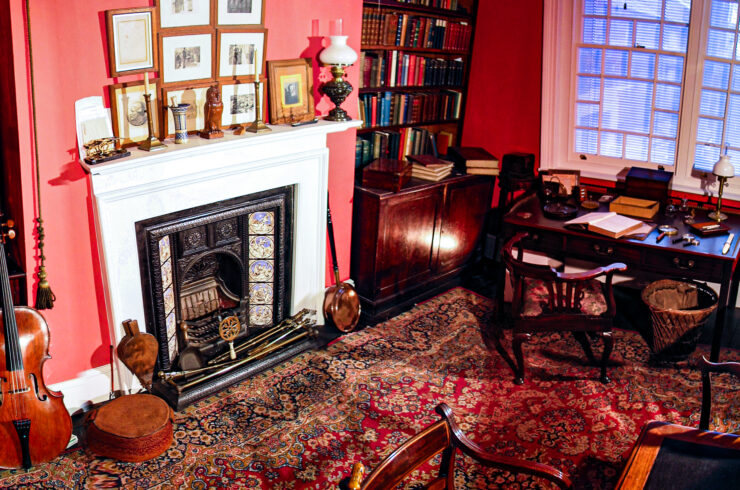
1937
Thomas Hardy’s papers and the contents of his Max Gate study are bequeathed to the Museum.
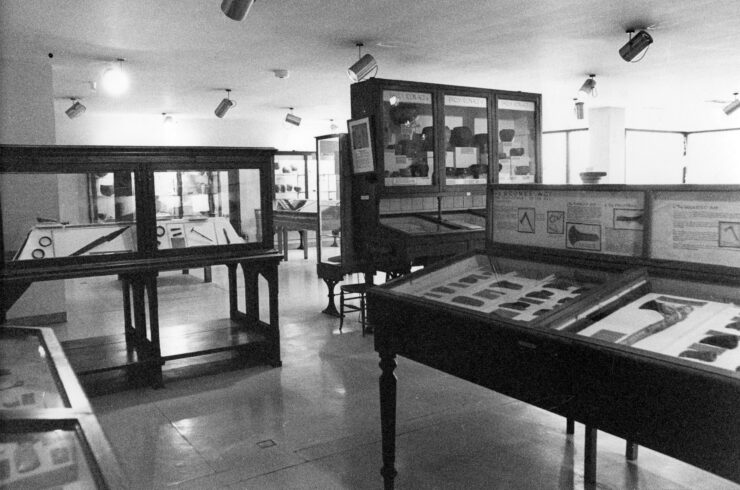
1950s to 1980s
Dorset’s growing tourism industry helps the Museum expand. A natural history gallery is built in 1952, and a multi-purpose gallery and conservation laboratory opens in 1973.
A new archaeology gallery lands the Museum a prestigious National Heritage Museum of the Year award in 1984.
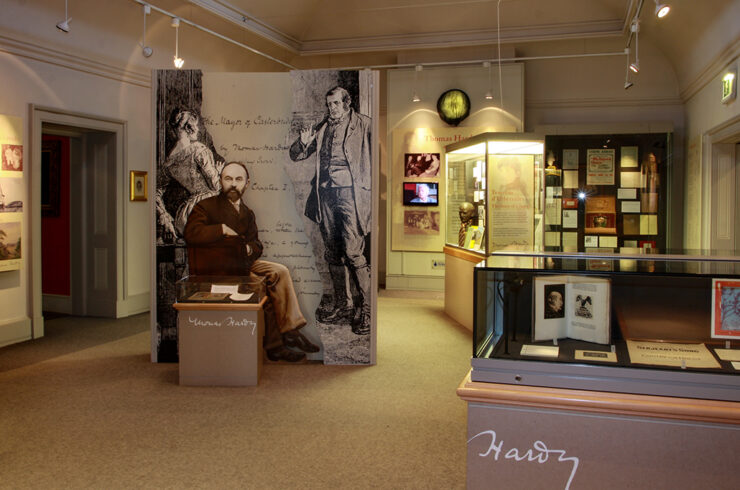
1990s to 2000s
National Lottery Heritage funding helps the Museum add new galleries and refurbish others. The Writers’ Dorset gallery opens in 1997, the Dorchester gallery in 2003.
In 2006 the Jurassic Coast Gallery celebrates England’s first natural World Heritage Site.
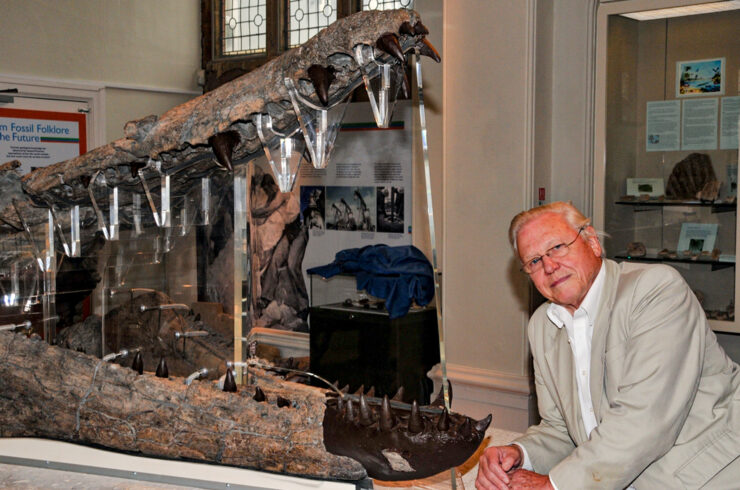
2011
Sir David Attenborough unveils a new acquisition of a 155-million-year-old pliosaur, found by fossil collector Kevan Sheehan in the cliffs off Weymouth Bay.
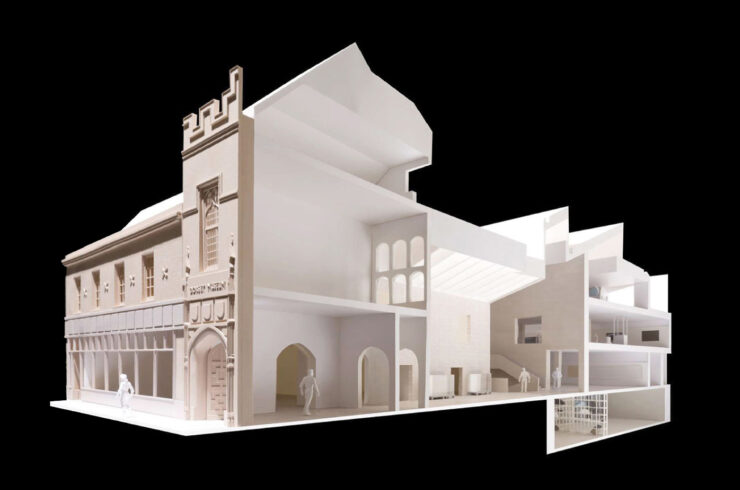
2015
An exceptional grant from the National Lottery Heritage Fund helps start our “Tomorrow’s Museum for Dorset” transformation project.
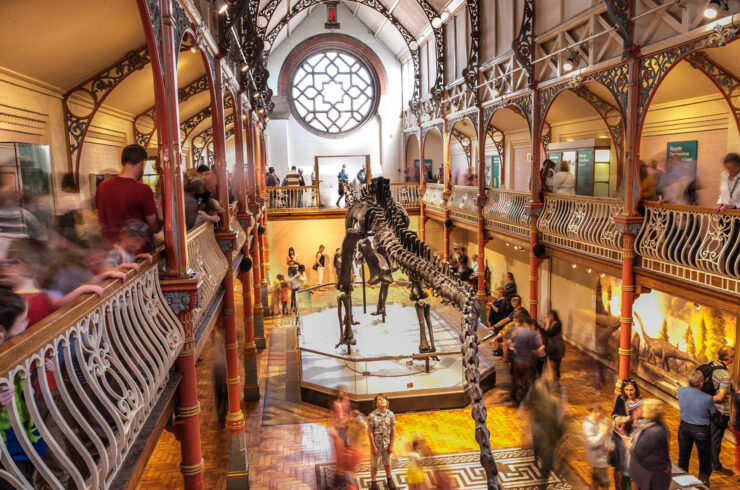
2018
Dorset County Museum is the first stop for Dippy on Tour: A Natural History Adventure from London’s Natural History Museum.
Dippy Mania attracted around 156,000 visitors to the town and Museum winning us the “Partnership of the Year” accolade at the National Museums & Heritage Awards.
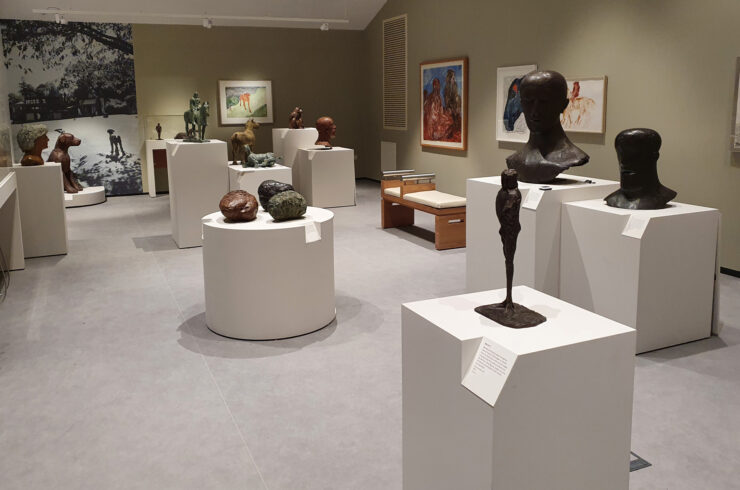
2020
30 sculptures and over 100 prints and drawings by Elisabeth Frink are provided to Dorset Museum in accordance with the wishes of the artist’s late son, Lin Jammet.
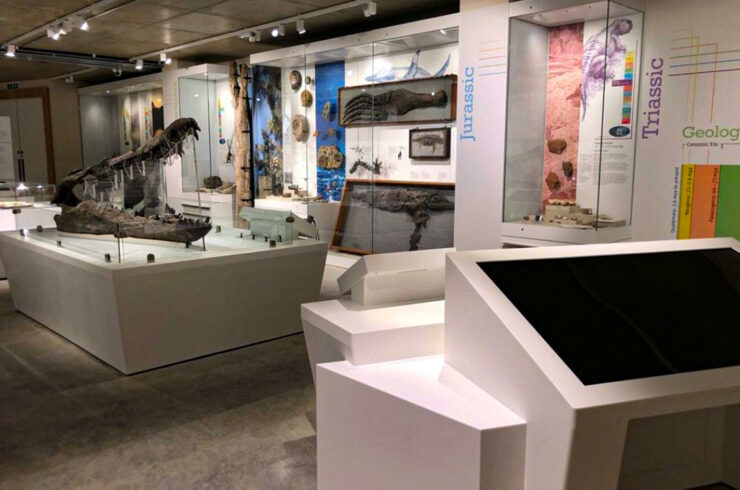
Today and Tomorrow
A state-of-the-art learning centre, new galleries, research spaces, modern archive and storage facilities will help more people access our vast collection and be part of the Dorset Museum for the future.
Who Started The Museum?
The Museum was founded by figures, who wanted to protect Dorset’s heritage and antiquities as the Industrial Revolution and new railways brought changes to a rural county.
Founder | William Barnes (1801-1886)
A poet and school teacher, who believed in education for all, mastered over 60 languages, had gifts for music, literature, art, and the classics.
William Barnes was born in Bagber and educated at Sturminster Newton. Working as a young clerk in Dorchester, he fell in love with Julia Miles. He began a career in teaching, keeping a school at Mere for several years before he and Julia married in 1827. After returning to Dorchester in 1835, he became friends with Thomas Hardy and published Poems of Rural Life in the Dorset Dialect in 1844. An interest in archaeology and geology led him to become a co-founder and member of the Council of the Dorset Museum.
In 1847 he was ordained deacon of Whitcombe, near Dorchester. Julia died in 1852, and ten years later he gave up his school to become curate of Winterborne Came. He was a popular local figure, trudging out to help his parishioners in all weathers wearing a cassock, wide-brimmed hat, knee-breeches, and buckled shoes. His poetry in the Dorset dialect of his youth reflects his deep love of the countryside, country ways, and country people, and is still loved today.
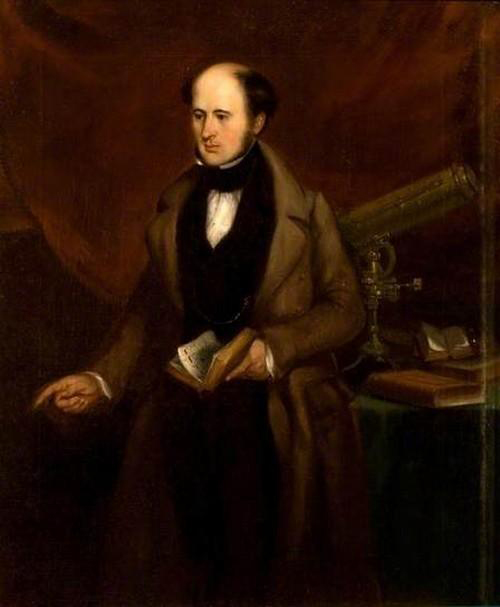
Founder | Revd Henry Moule (1801-1880)
A radical reformer who fearlessly campaigned for the poor, an early conservationist and environmentalist. His courage made him a local hero.
Moule opened schoolhouses in Dorchester and often funded projects himself. During the Dorchester cholera epidemics of 1849 and 1854, he and his wife visited afflicted households in Fordington. He organized a campaign of burning infected clothing and opened sluices to flush the disease from the poor housing.
Moule was also an inventor and designed the dry-earth closet to help improve sanitation. Launched in 1860, Moule’s earth closets sold in their thousands to private houses, schools, hospitals, military camps, and extensively in India. He advocated green principles and ran the vicarage like a self-supporting commune, growing vegetables, running a hothouse, and keeping cows. He also encouraged a plan for extracting gas from Kimmeridge shale. Henry and his wife Mary had seven sons and supplemented their income by taking in sons of the gentry to prepare them for university.
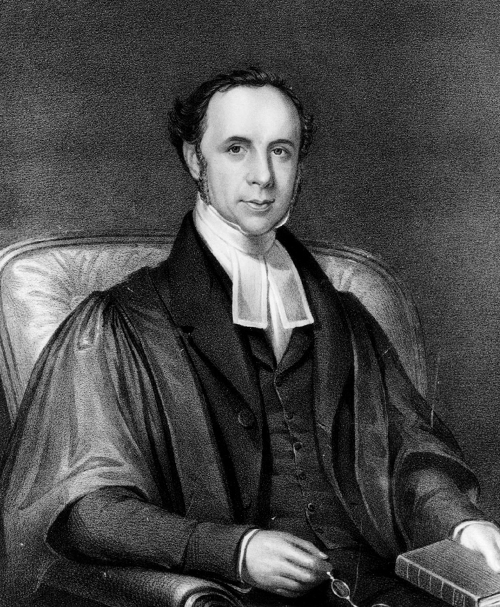
First Curator | Henry Joseph Moule (1825-1904)
An artist and a friend of Thomas Hardy, he was the first curator of Dorset County Museum from 1883, classifying, arranging and supervising the collection.
The oldest of the seven surviving sons of the Reverend Henry Moule and Mary Moule, Henry grew up surrounded by siblings and boarders. The young Thomas Hardy was also a frequent visitor – Henry taught him to paint and they remained good friends.
Committed to the education of ‘artizans’, Moule lectured about Dorset to the Working Men’s Institute. He corresponded with specialists such as John Ruskin, organised outings of the Dorset Field Club, and led sketching parties. He painted several thousand water colours – walking out into the local area every day to sketch the landscape. His work is a unique record of 19th-century Dorset and evokes the Wessex of Thomas Hardy’s books.
A highly effective curator, Moule arranged the collection of the famous antiquarian William Cunnington, successfully campaigned to have extra galleries built, and was still rearranging the new displays at the time of his death in 1904.
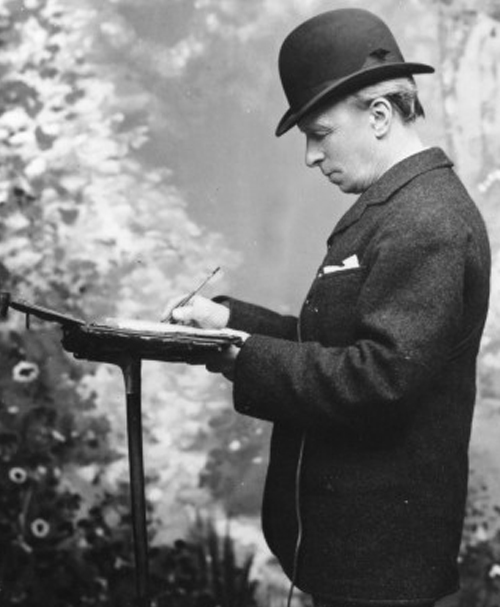
Support Us
Donations Make The Difference
Every grant and donation helps us to do more for more people. Find out how you could make a difference.